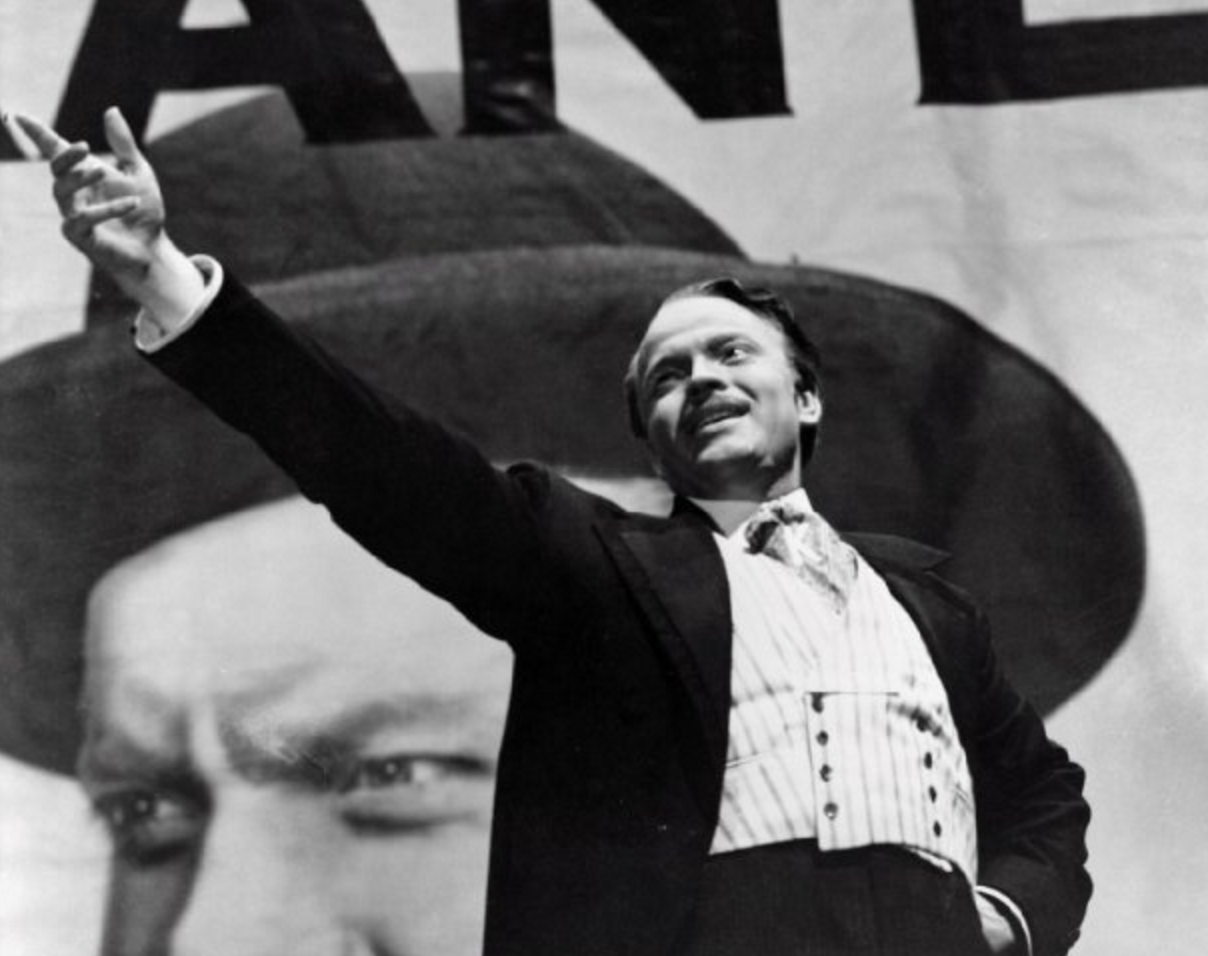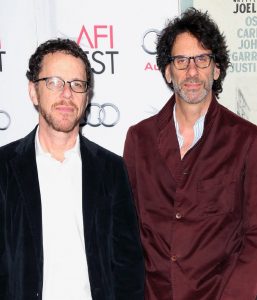Quick – what’s the best movie of all time? Casablanca? The Godfather? The Dark Knight? Statistically speaking, you probably said Citizen Kane. Probably the best-known film about the newspaper industry, Kane is the very image of “The Best Ever,” the title itself now practically a code for an exemplary example of something (take The Room, the so-called “Citizen Kane of bad movies,” for instance). It’s a towering achievement of cinema, revolutionary in its time for its cinematography and storytelling. It’s still certainly impressive today, and truly a critical moment for its director, producer, writer, and star, the great Orson Welles. The fact that Kane was his first feature only makes the feat more impressive. It is, however, the kind of achievement that ends up towering over everything else, leaving Welles’ decades-long career in its shadow. Is that fair, though? He may be known to many as the man behind the best film ever, but his later works are just as rewarding, if not more so.
After Kane, Welles made several more films for various Hollywood studios, most often RKO; but this quickly became an unrewarding environment for Welles. His sophomore feature, The Magnificent Ambersons, tragically only exists in a dramatically cut-down form. Welles’ original cut was nearly two and a half hours long, but RKO ended up releasing a version with many scenes removed (including two of Welles’ personal favorites) with the resulting film coming in at a brisk 88 minutes. Though the short version is widely considered an excellent film regardless, there have been some efforts over the years to restore the film to its original length. Unfortunately, the cut footage was destroyed after the film’s release, and no additional prints have ever been found. After this experience, Welles made three more films in Hollywood, but all three were either neutered by the studio (The Stranger), unfairly panned by critics (The Lady of Shanghai), or severely underfunded (Macbeth).
What is now considered Welles’ European period began with the production of his next film, an adaptation of Othello. After struggling to find money for his previous Shakespearean endeavor, Welles opted to seek Italian and Moroccan investors for his new film, though he ended up funding part of the film out-of-pocket, leading to an awkward and lengthy production period. Despite its setbacks, the film was a significant success on its release, winning the top prize at the Cannes Film Festival and general admiration from European critics. He followed Othello with Mr. Arkadin, which Welles would recall as the most disastrous production process of his career. It was one of which Welles himself had next to no creative control, and one which ultimately resulted in no fewer than five different cuts of the film — none that were faithful to Welles’ original vision. Welles would briefly return to Hollywood to direct Touch of Evil, but with that film he faced as many problems as ever before, and in 1969 he left Hollywood for the second time, never to return.
This last stage of his career begins with The Trial, an adaptation of a Franz Kafka novel, starring Anthony Perkins in perhaps his best post-Psycho role. He plays Josef K., a man accused one morning of an never-clarified crime, who must defend himself to the police, the court, his neighbors, and even his own lawyer — naturally all in vain. It’s a film filled with sharp, arresting images, using the same razor-sharp visual sensibility shown in Kane more than twenty years before, in a setting allowing for far greater abstraction. As a black comedy, The Trial stands apart from much of the rest of Welles’ work, playing in farce and surreal, 1984-esque bureaucratic nightmares. It’s frequently bizarre, and as technically impressive as anything Welles has ever done. Welles even declared it at the time to be the best film he had ever made — a title it would hold for three years until Welles made the same claim about his next film, Chimes at Midnight, his final, somewhat unconventional return to Shakespeare.
It was in his final film, though, that Welles showed his real radical, and most daring side, yet. Released in 1975, F for Fake is a strange, fragmented documentary, ostensibly about master art forger Elmyr de Hory. Yet in reality it is a masterpiece of forgery itself, a “non-fiction” film more than willing to play fast and loose with facts, and in the process make deeply personal examinations about both the authenticity in art, and the role and responsibility of the author. It’s unlike anything Welles made, and it speaks to an artist who not only grew in ability and depth over time, but achieved greater opportunity and took advantage of it.
Welles’ career was, for a long time, marked by outside meddling and an inability to realize his artistic goals. Yet kind of obstruction only caused him to shine brighter once he could move past it. Citizen Kane may be a masterpiece, but it was still a first film – the true artistic vision of Orson Welles is the one found in films like The Trial, Chimes at Midnight, and F for Fake. A great first outing is always to be welcomed, but it is important to never allow that initial burst of genius to overshadow the rest of an artist’s career; you could miss something even bigger down the road.




